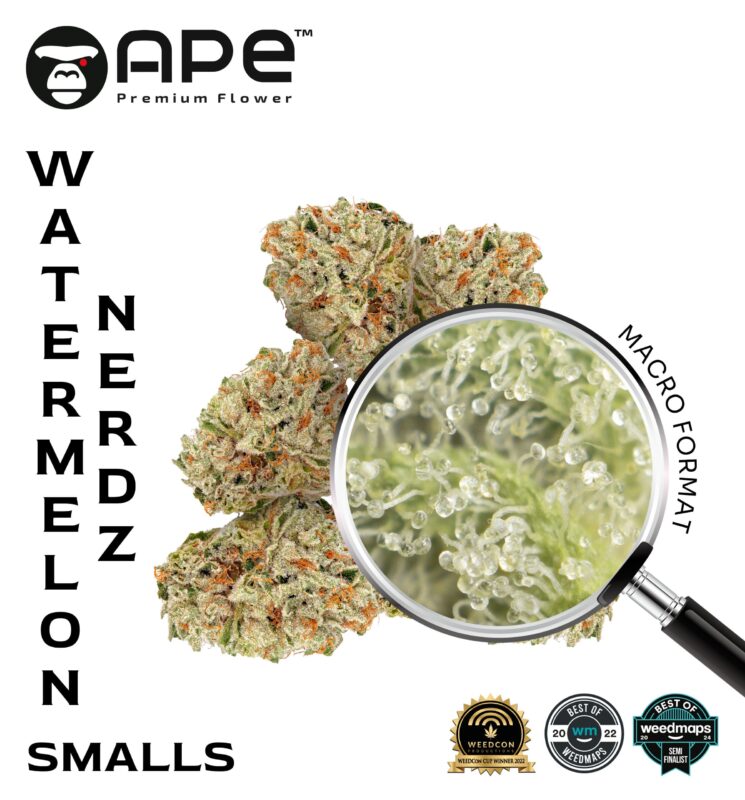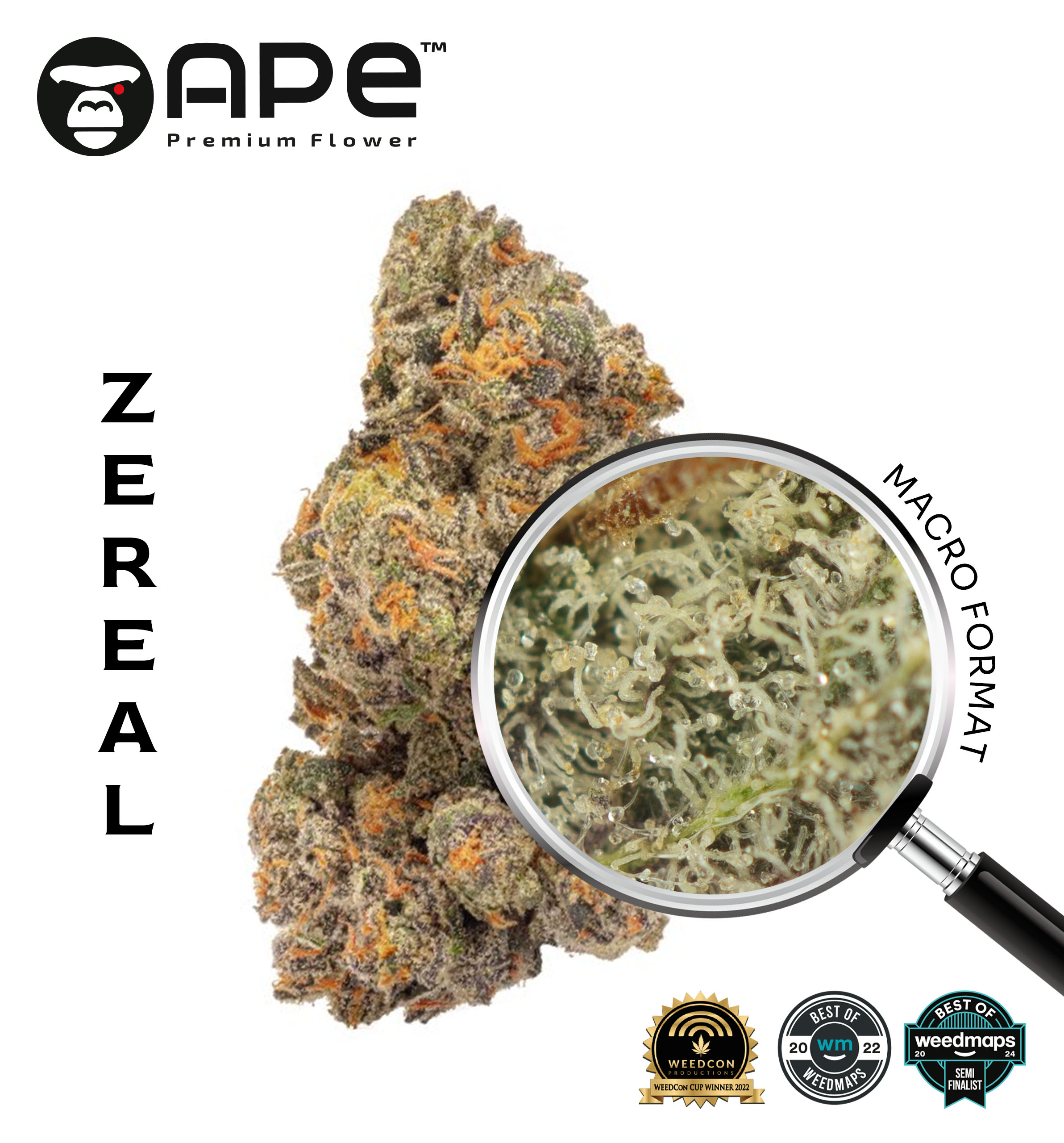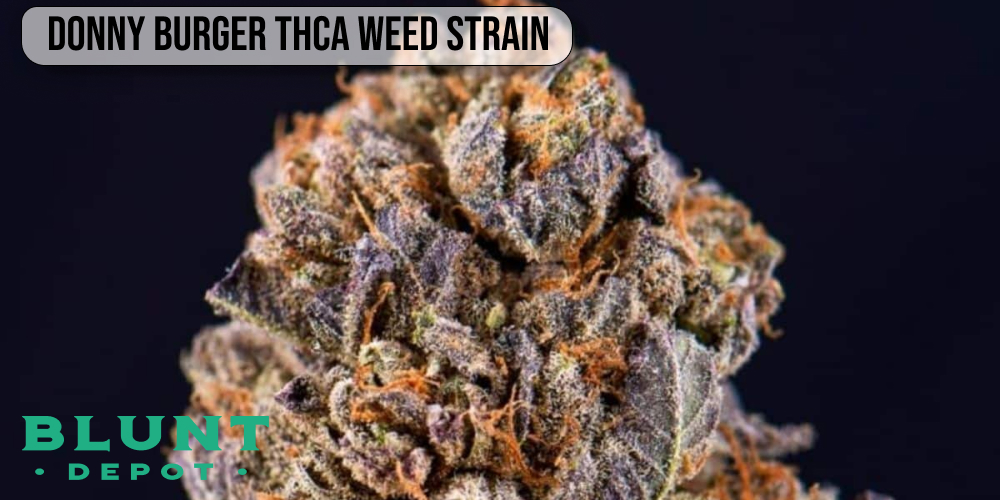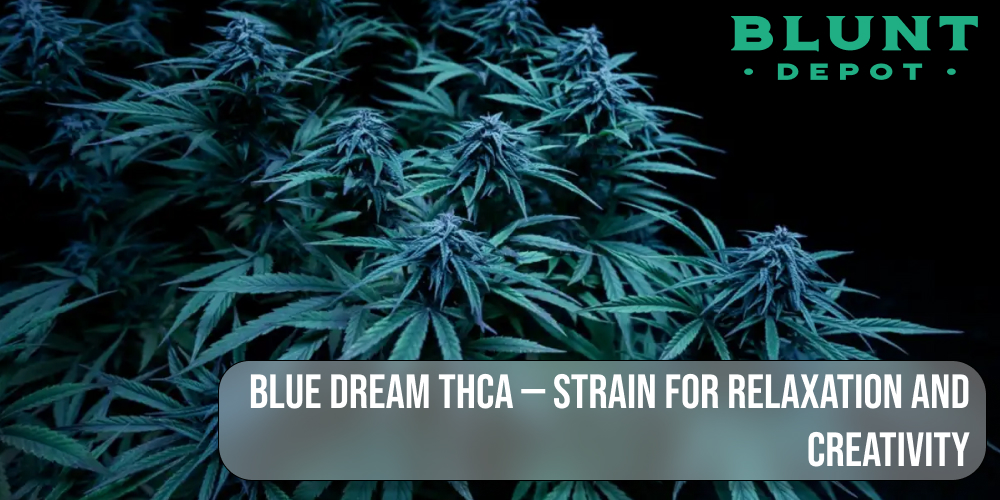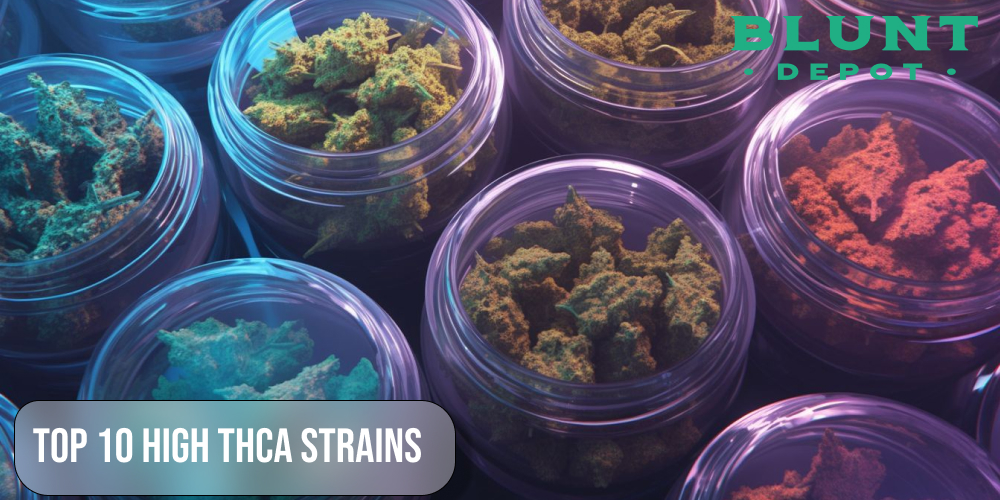Learn more about !
Is CBG the new CBD?
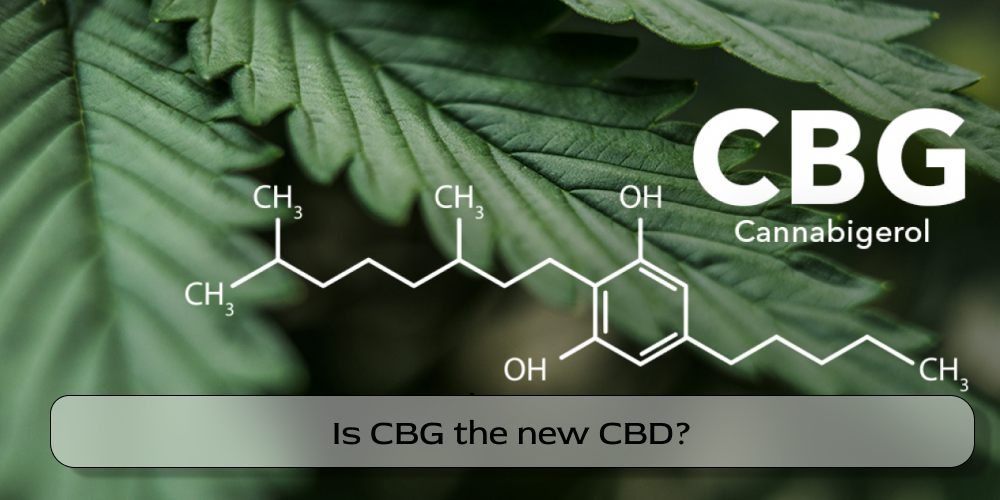
CBG, or cannabigerol, is rapidly gaining attention in the world of cannabis. If you’ve been wondering “Is CBG the new CBD?”, the short answer is: it might just be. While CBD has long been the superstar of non-psychoactive cannabinoids, CBG is emerging as a promising contender thanks to its unique properties and growing body of research.
CBG is often called the “mother cannabinoid” because it’s the chemical precursor to many other cannabinoids, including THC and CBD. However, unlike CBD, which can be found in larger amounts in mature cannabis plants, CBG tends to be present in very low concentrations — usually less than 1%. This scarcity makes CBG products relatively rare and often pricier.
Key points about CBG:
- Non-psychoactive: Like CBD, CBG doesn’t cause a “high,” making it appealing for everyday use.
- Precursor molecule: It’s the building block for THC, CBD, and other cannabinoids.
- Emerging research: Studies are starting to uncover a wide range of potential health benefits.
Because of these characteristics, the cannabis industry is exploring new strains and extraction methods to boost CBG levels. If you’ve been asking “Is CBG the new CBD?”, it’s clear that CBG is no longer just a footnote—it’s becoming a headline.

How CBG Differs from CBD: Effects and Benefits
CBD and CBG may seem similar on the surface Scientific research into CBG is still in its early stages, but emerging studies highlight its promising health benefits. Unlike THC, CBG is non-psychoactive, making it an attractive candidate for therapeutic use without the risk of intoxication.
Research indicates that CBG has strong anti-inflammatory properties, which could help manage conditions like inflammatory bowel disease and arthritis. Its neuroprotective effects suggest potential in treating neurodegenerative disorders such as Huntington’s disease by protecting nerve cells from damage.
CBG also shows antibacterial activity, effective even against some antibiotic-resistant strains like MRSA, offering new possibilities in infection control. Additionally, studies suggest CBG may help regulate appetite and reduce intraocular pressure, which is relevant for glaucoma treatment.
Three key areas where science points to CBG’s potential include:
- Reducing inflammation and related chronic conditions.
- Protecting brain cells and supporting neurological health.
- Fighting bacterial infections, including resistant strains.
Although more clinical trials are needed, current evidence supports CBG as a valuable cannabinoid with diverse therapeutic applications, fueling growing interest in its health potential alongside CBD.
The Health Potential of CBG: What Science Says
When exploring “Is CBG the new CBD?”, it’s essential to look closely at what science reveals about CBG’s health benefits. Although research on CBG is still developing, early studies show promising therapeutic effects that position CBG as a strong contender in the cannabinoid market, potentially complementing or even expanding the role that CBD currently holds.
CBG is non-psychoactive, similar to CBD, which makes it appealing for those seeking health benefits without intoxication. Scientific findings highlight CBG’s anti-inflammatory properties, making it useful for treating inflammatory diseases like arthritis and inflammatory bowel conditions. This raises the question for many: could CBG become the new CBD for inflammation-related therapies?
In addition, CBG shows neuroprotective effects that may support brain health and combat neurodegenerative diseases such as Huntington’s disease. Given the rising interest in cannabinoids for neurological support, this adds weight to the idea of CBG as the new CBD in neurohealth circles.
Moreover, CBG’s antibacterial properties—including effectiveness against antibiotic-resistant strains—open fresh avenues in infection control, an area where CBD is less studied. This unique benefit suggests that CBG is carving out new health roles, distinct from but complementary to CBD’s established uses.
To summarize why many ask “Is CBG the new CBD?” from a scientific perspective:
- Strong anti-inflammatory action similar to or exceeding CBD.
- Potential neuroprotective benefits supporting brain health.
- Unique antibacterial effects offering new therapeutic options.
While more research is needed to fully confirm its scope, CBG’s emerging health profile fuels growing excitement and positions it as a promising next step beyond CBD in the cannabinoid wellness landscape.l health regimens.

Why is CBG More Expensive and Less Common Than CBD?
CBG’s higher price and relative rarity compared to CBD stem mainly from how it naturally occurs in cannabis plants. Unlike CBD, which can be found in significant amounts in many hemp strains, CBG is present only in very small quantities, often less than 1% of the plant’s weight.
This scarcity means producers must harvest plants earlier—before CBG converts into other cannabinoids like THC and CBD—or grow special high-CBG strains, both of which increase cultivation complexity and costs. Extracting meaningful amounts of CBG requires more raw material and careful processing, driving up the price.
Additionally, the market for CBG is still developing. Demand is growing but remains smaller than for CBD, so economies of scale haven’t yet reduced costs. Limited availability also means fewer product options, contributing to less common presence in stores and online.
Three main reasons for CBG’s expense and rarity are:
- Low natural concentration in cannabis plants.
- Need for specialized growing and early harvesting.
- Smaller market demand and production scale.
Understanding these factors helps explain why CBG products often cost more and are less widely available than their CBD counterparts, even as interest in this cannabinoid continues to rise.cus on breeding high-CBG strains and extraction technology improves, prices are expected to drop. The question “Is CBG the new CBD?” might soon have an answer as affordable, high-quality CBG products become more accessible.
CBD Water What It Is and How It Work?
Zkittlez THCA Flower 2025
Buy THCA Vape Pens in Rio Grande Valley
CBG in Skincare and Wellness: A Growing Trend
CThe rise of cannabinoids in skincare and wellness has brought CBG into the spotlight as a promising ingredient. Known for its anti-inflammatory and antioxidant properties, CBG is becoming popular in formulations aimed at soothing skin and promoting overall health.
CBG’s ability to reduce inflammation helps calm irritated or sensitive skin, making it useful for conditions like redness, acne, or eczema. Its antioxidant action fights free radicals, which contribute to premature aging, supporting healthier, more resilient skin.
Beyond topical use, CBG is also gaining traction in wellness products such as supplements and oils. Many users report benefits like stress reduction, improved mood, and better focus—qualities that complement its skin benefits by promoting holistic well-being.
Key reasons CBG is trending in skincare and wellness include:
- Anti-inflammatory effects that soothe and calm skin.
- Antioxidant properties that protect and rejuvenate.
- Versatile use in both topical products and ingestibles for overall health.
As consumers look for natural, effective options, CBG’s role in skincare and wellness is set to grow, offering a fresh alternative to traditional ingredients and expanding the possibilities of cannabinoid-based care.

Smart Cannabis Consumption: Where Does CBG Fit In?
Today’s cannabis users are moving toward smart consumption, choosing products that target specific needs like focus, anxiety relief, or pain management. In this shift, CBG plays an important role as a cannabinoid that supports clear-headedness without causing sedation or a high.
Unlike THC, CBG doesn’t intoxicate, and unlike CBD, it directly binds to receptors in the body’s endocannabinoid system, which may help improve mood, reduce inflammation, and protect nerve cells. This makes CBG a great option for daytime use when productivity matters.
CBG also works well together with CBD and THC, enhancing their effects through what’s called the entourage effect. This synergy means CBG can boost the benefits of other cannabinoids without extra side effects.
People using CBG often look for:
- Better focus and energy during the day.
- Complementing CBD’s calming effects.
- Improved pain and inflammation relief when combined with other cannabinoids.
So, when wondering “Is CBG the new CBD?” in terms of smart cannabis use, it’s clear CBG is not replacing CBD but expanding the options for personalized, effective cannabis experiences.Available CBG Products: Choosing the Right Format
Available CBG Products: Choosing the Right Format
The market for CBG products is expanding fast, offering consumers various ways to experience its benefits. From oils and tinctures to flowers and capsules, there’s something for every preference.
Popular CBG product formats:
- Oils and tinctures: Versatile, easy to dose, and ideal for daily wellness.
- CBG flower: For vaping or smoking, offering rapid effects and natural delivery.
- Capsules and gummies: Convenient for precise dosing and on-the-go use.
Choosing the right CBG product depends on individual needs — whether looking for quick relief, sustained effects, or a gentle addition to daily routine. This diversity strengthens the argument: Is CBG the new CBD? Consumers now have more tailored options than ever.

Frequently Asked Questions About CBG and CBD
What is CBG and how does it differ from CBD?
CBG (cannabigerol) is a cannabinoid found in the cannabis plant, often called the “mother cannabinoid” because it serves as a precursor to others like CBD and THC. Unlike CBD, CBG is present in much smaller amounts and interacts directly with the body’s endocannabinoid system receptors, leading to distinct effects.
Is CBG psychoactive?
No, CBG is non-psychoactive and does not produce the “high” associated with THC. This makes it a safe option for daily use, appealing to those seeking the therapeutic benefits of cannabinoids without intoxication.
What health benefits does CBG offer?
Research suggests that CBG has anti-inflammatory, neuroprotective, and antibacterial properties. These qualities make it potentially useful for conditions ranging from inflammation and neurodegenerative diseases to combating antibiotic-resistant bacteria.
Why are CBG products more expensive than CBD products?
CBG naturally occurs in very low concentrations, making extraction more challenging and costly. Producing significant amounts often requires cultivating special strains or harvesting plants early, which increases production costs and product prices.
Can CBG be used together with CBD?
Yes, CBG and CBD are frequently used together because they can enhance each other’s therapeutic effects. This combination offers a broader range of benefits and can improve the overall effectiveness of cannabinoid-based treatments.
Final Thoughts: Is CBG the New CBD or Something Different?
To wrap up, CBG is not a replacement for CBD but an exciting complement. Each cannabinoid offers distinct benefits, and their combined use can enhance overall wellness. While CBG is currently more expensive and less widely available, its growing popularity signals a bright future.
Key takeaways:
- CBG complements CBD rather than replaces it.
- Price and availability will improve with advancements in cultivation and extraction.
- CBG is poised to become a staple in both wellness and medicinal cannabis markets.
So, Is CBG the new CBD? It’s more accurate to say CBG is the next essential cannabinoid — a new tool for those seeking natural, effective health solutions in the evolving cannabis landscape.



